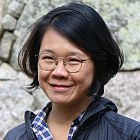Okinawa, the southernmost prefecture of Japan, is known for its beautiful beaches, subtropical weather and marine life. Surrounded by ocean, the prefecture contains approximately 160 islands, and it is also the top destination for Japanese residents who want a beach getaway without leaving the country. Alongside its reputation as an idyllic beach paradise, Okinawa is also one of five regions in the world to be designated as a blue zone, a region that has some of the highest life expectancy rates in the world – typically above 80 years old. The remaining four regions are Sardinia in Italy, Nicoya in Costa Rica, Ikaria in Greece and Loma Linda in California.
While it cannot be denied that genetics plays a role in life expectancy, it has to be said that lifestyle also has a major impact on life expectancy. Much research and many studies have been carried out to find the correlation between happiness, satisfaction and life expectancy, and perhaps the secret to longevity is simpler than we think.
Finding purpose in life, having a support group, eating sustainably and being active are all key factors to longevity – and an ideal for many living in this modern age. But, what then is the element that sets Okinawans with their high life expectancy rates apart from city people? I set off on a four day trip to the northern Yanbaru Region on the main island of Okinawa for a first hand experience.
I participated in the four-day Yanbaru The Miracle Forest The Blue Zones Premium tour organized by Okinawa Adventures. Each tour is carefully crafted to contain the following elements: Tour guides, who are experts in adventure tourism, Local guides, the experts of their locality and who lead travelers into their stories, Stories of the Yambaru region that travelers will be immersed in during the tour, Joy of achievement when travelers complete each activity during the trip.
Day 1: Meeting the guides and easing into the tour
The main island of Okinawa, Okinawa Honto, is where the prefectural capital, Naha City, as well as Naha Airport, which connects Okinawa to the major cities of Japan and Asia as well as the other major Okinawan islands, are located. The Yanbaru The Miracle Forest The Blue Zones Premium tour started from the airport, and upon arrival, I found my tour guide already waiting for me at the meeting point.
My friendly tour guide quickly put me at ease, and we were soon on our way to Yanbaru, the northern region of Okinawa Honto, a national park and a UNESCO World Natural Heritage Site. The Yanbaru Region is considerably less developed compared to the southern region, and it is a mountainous region filled with forests, mangroves and a variety of endemic wildlife. The three villages of Ogimi, Higashi and Kunigami make up the Yanbaru Region, and we would visit all three over the tour.
The drive to Yanbaru took about 90 minutes, and along the way, my tour guide gave a short overview of the journey and our plan for the day. As it was our first day, the itinerary was fairly relaxing. Our first stop in Yanbaru was the district of Shioya, where we were officially welcomed and given a proper introduction to the tour in a former school turned community center.
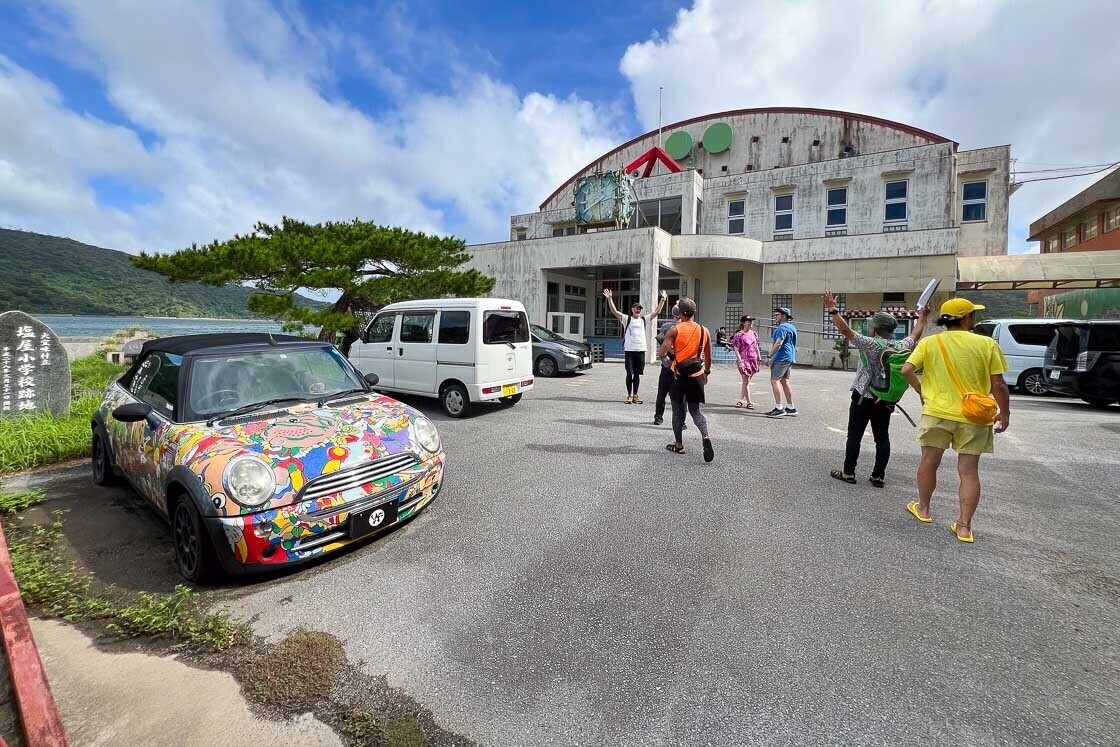
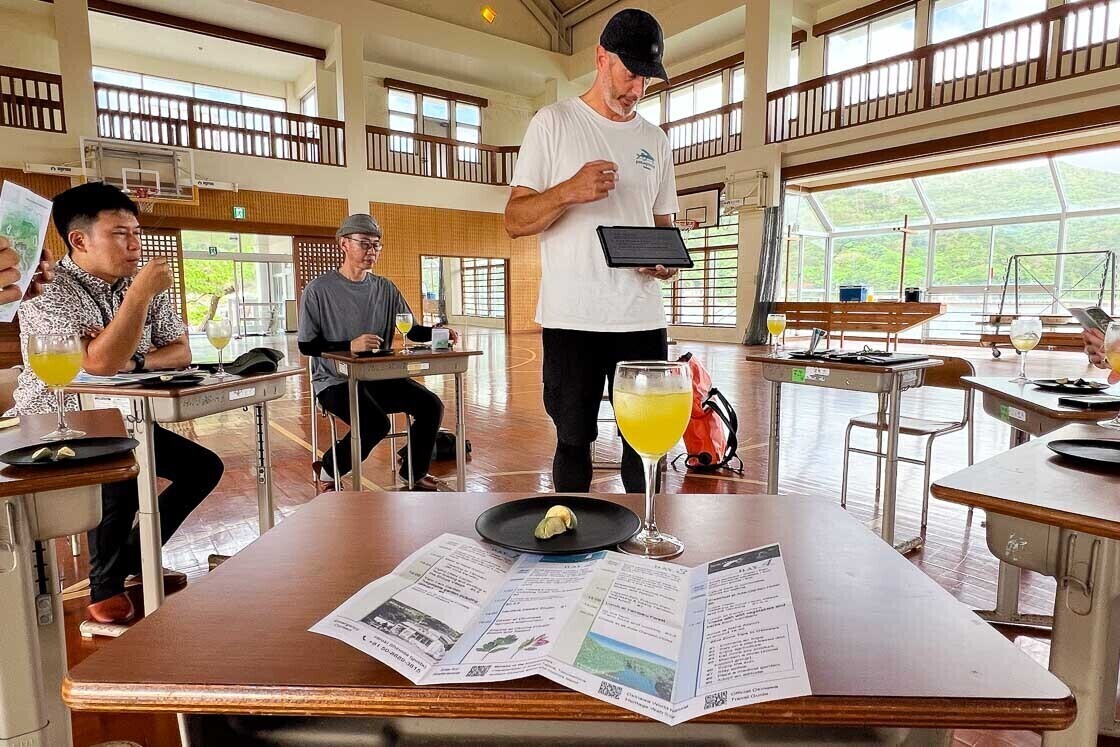
Then we were off to the Shioya community hall to meet a local from Shioya, who explained the history and festivals of the area. Through that initial meeting, I learned about the annual Ungami festival that has been carried out unchanged for over 400 years; an event which involves the entire community. The women were in charge of welcoming the god, singing and dancing on land and some in waist deep water, while the men were in charge of transporting the god across the water by traditional wooden boats.
Following that, our tour group went on a walk in Shioya, seeing the spots mentioned by the local. Not only that, we also got to see a bit of the district and learned how communities were laid out in the Yanbaru region – mountains are always to the back in the north and homes typically face the water. I would have never made that connection or realize that if my guide did not point that out!
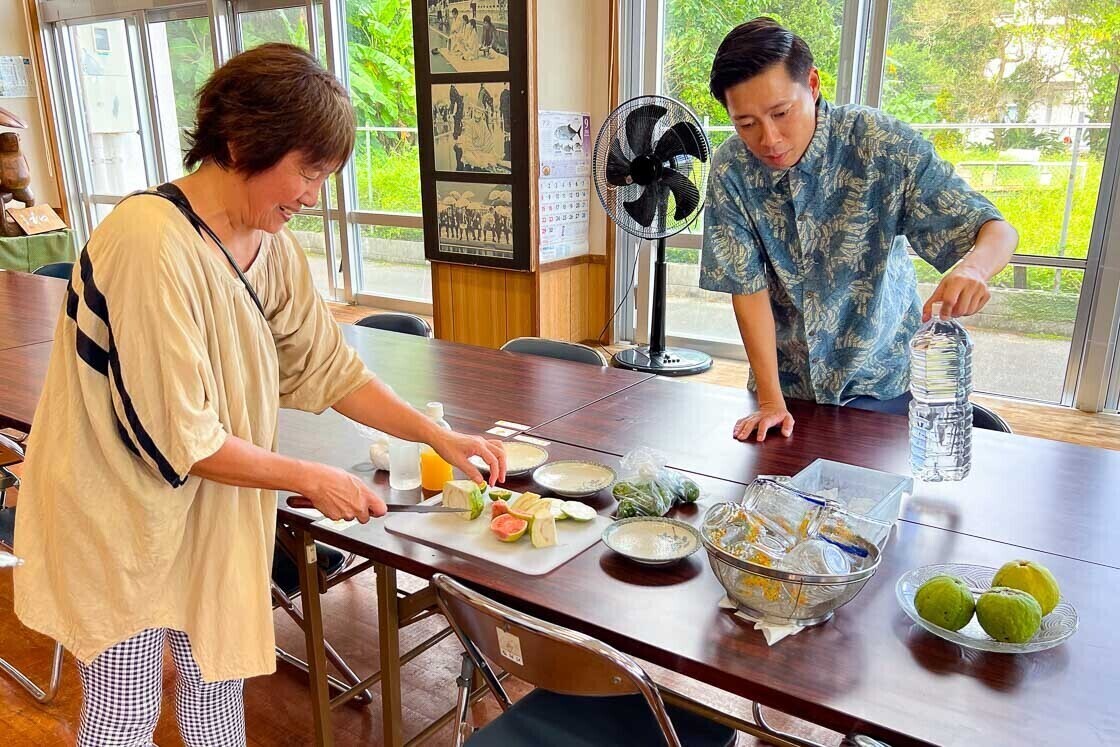
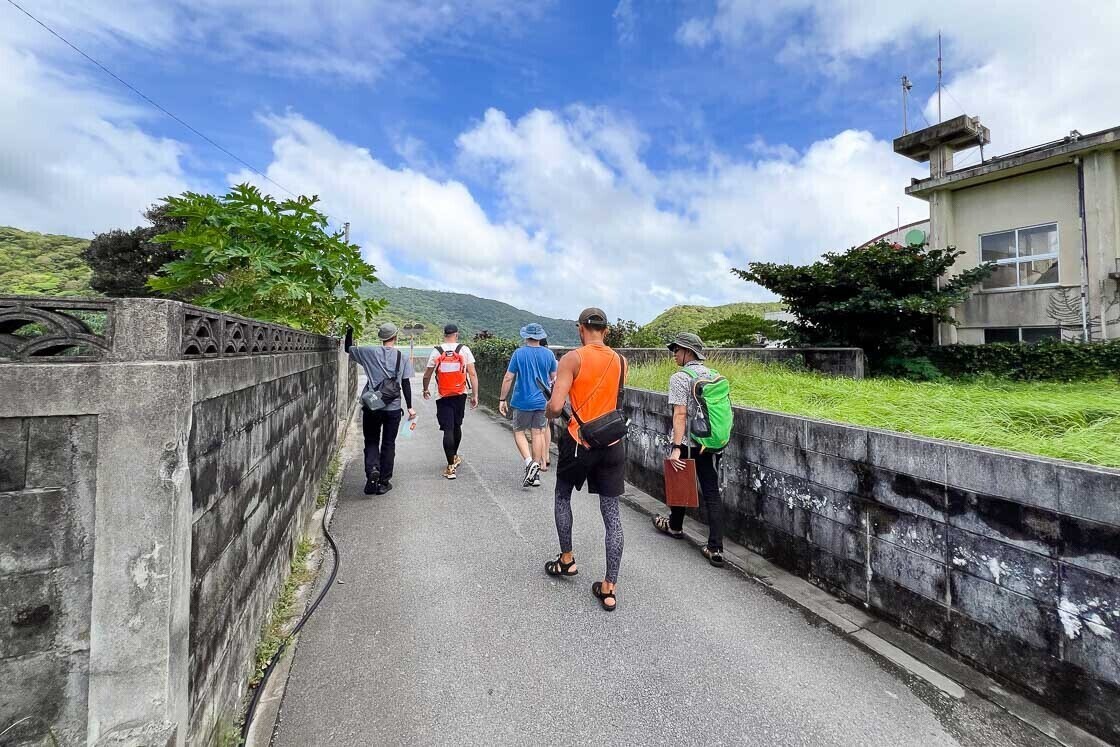
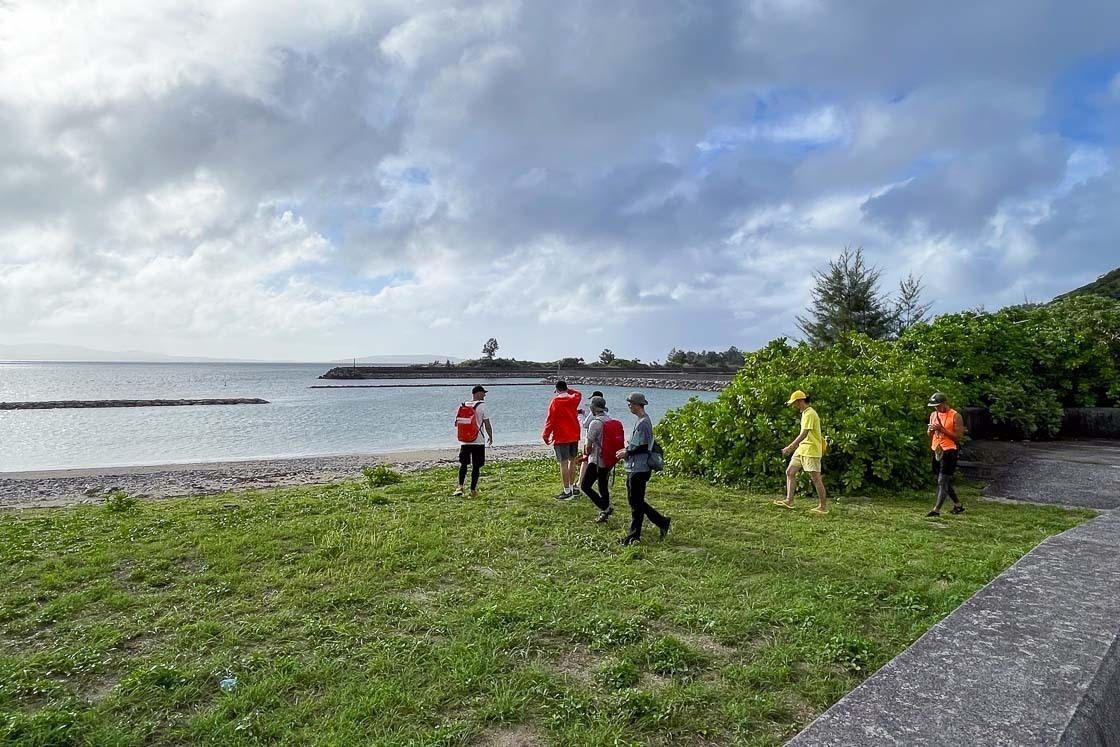
Next it was on to Yum Yum Garden for dinner. Yum Yum Garden is a homely villa with a small vegetable garden. The property is open for overnight stays, but we were there for dinner with the owner, who introduced us to his vegetable garden and made us dinner using freshly harvested vegetables and herbs.
Gardening and eating vegetables and herbs are some elements that contribute to the longevity of Okinawans, and Yum Yum Garden was my first, but not the last, introduction to an Okinawan home vegetable garden. The vegetables and herbs I learned about here formed the foundation for the edible flora I was to encounter on the rest of the tour. Dinner was homemade wood-fired pizza paired with wine and engaging conversations with the rest of the tour participants.
It was soon time to head to Okuma Private Beach and Resort, our accommodation for the next two nights. It was dark by the time we arrived, and I headed to my spacious room for a rest after a day of travel.
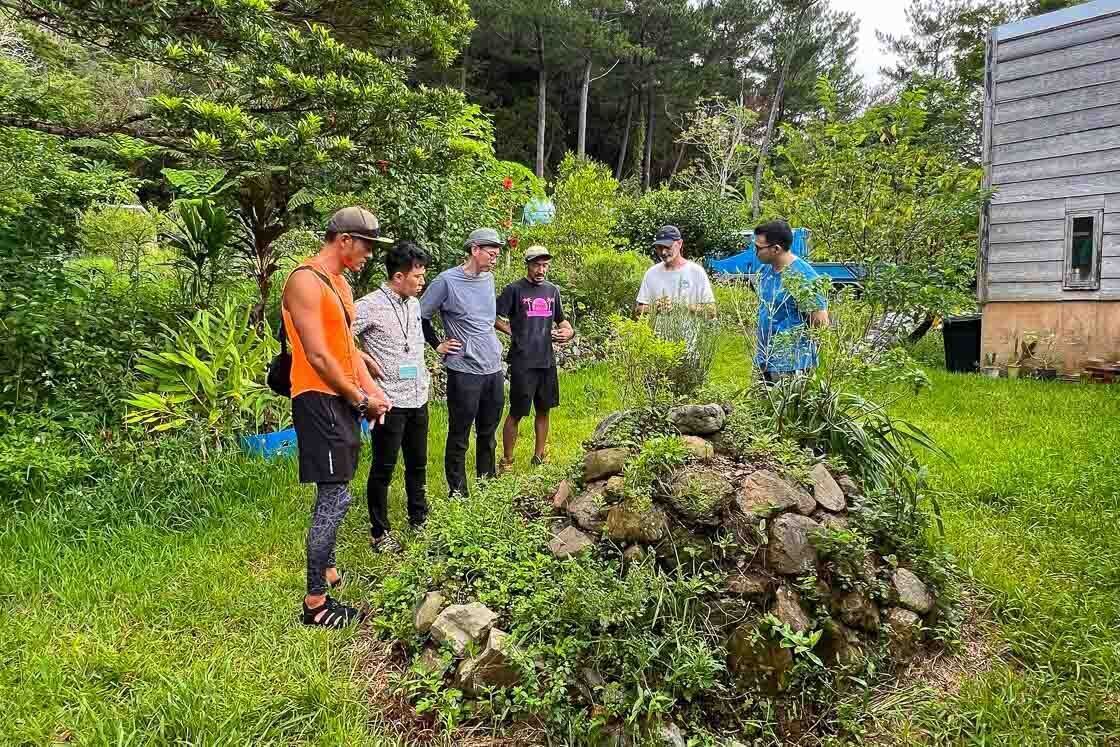
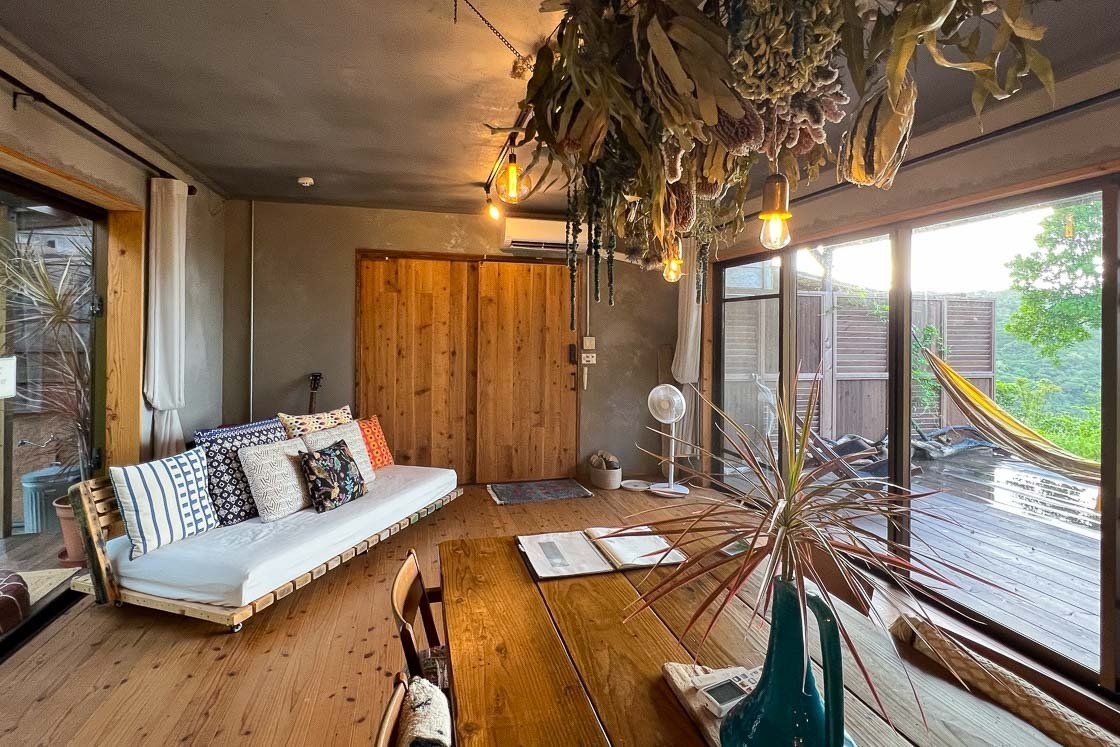
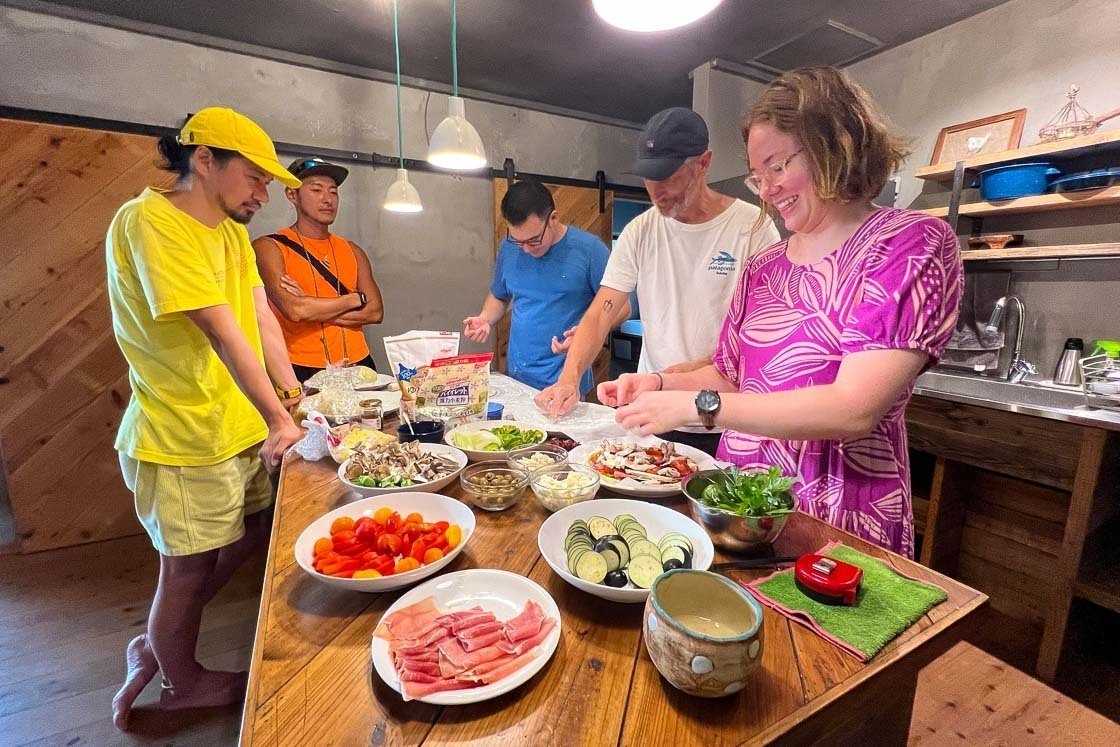
Day 2: Meeting the locals and sailing in a wooden boat
The second day of the Yanbaru blue zones tour started with a short briefing of the day’s itinerary in the hotel lobby before setting off. We were told the night before that we were going to have breakfast at Mr. Yokoda’s home, and that was where we went.
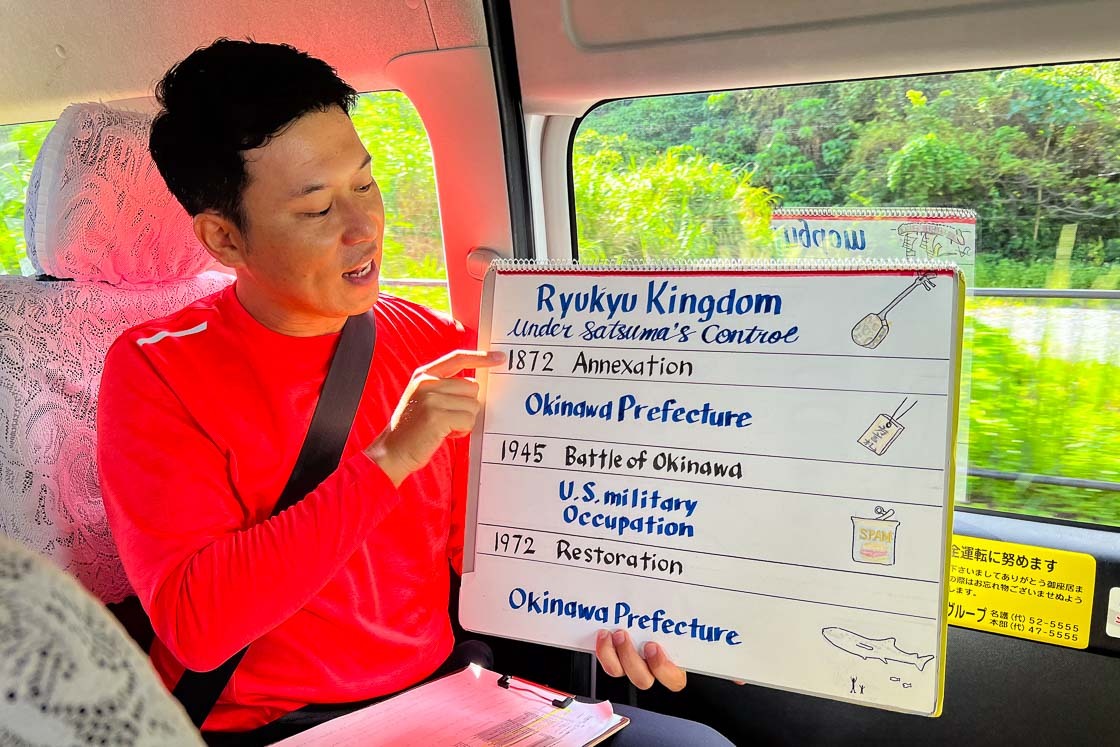
Mr. Yokoda lives in a traditional Okinawan-style home with his wife, and they open their home to visitors, especially school children, who want to experience living in the countryside. What most school children might miss out on however, is Mr. Yokoda’s family history, which spans centuries and can be traced back to the first few families who immigrated to Okinawa from mainland China.
Instead of staying overnight as most visitors do, we enjoyed a hearty breakfast of Okinawa soba and homemade Okinawa yushidofu together before Mr. Yokoda pulled out an impressive chart, which measured over five meters long, that was his family tree. As Mr. Yokoda talked about his family history, we learned that he is the 21st generation of the Gen () family. It was incredible to see how many people came from that one single family, and how everyone is spread across the world. To make a point, there were 500 members – the maximum number accepted at the venue – at the most recent extended family gathering Mr. Yokoda attended.
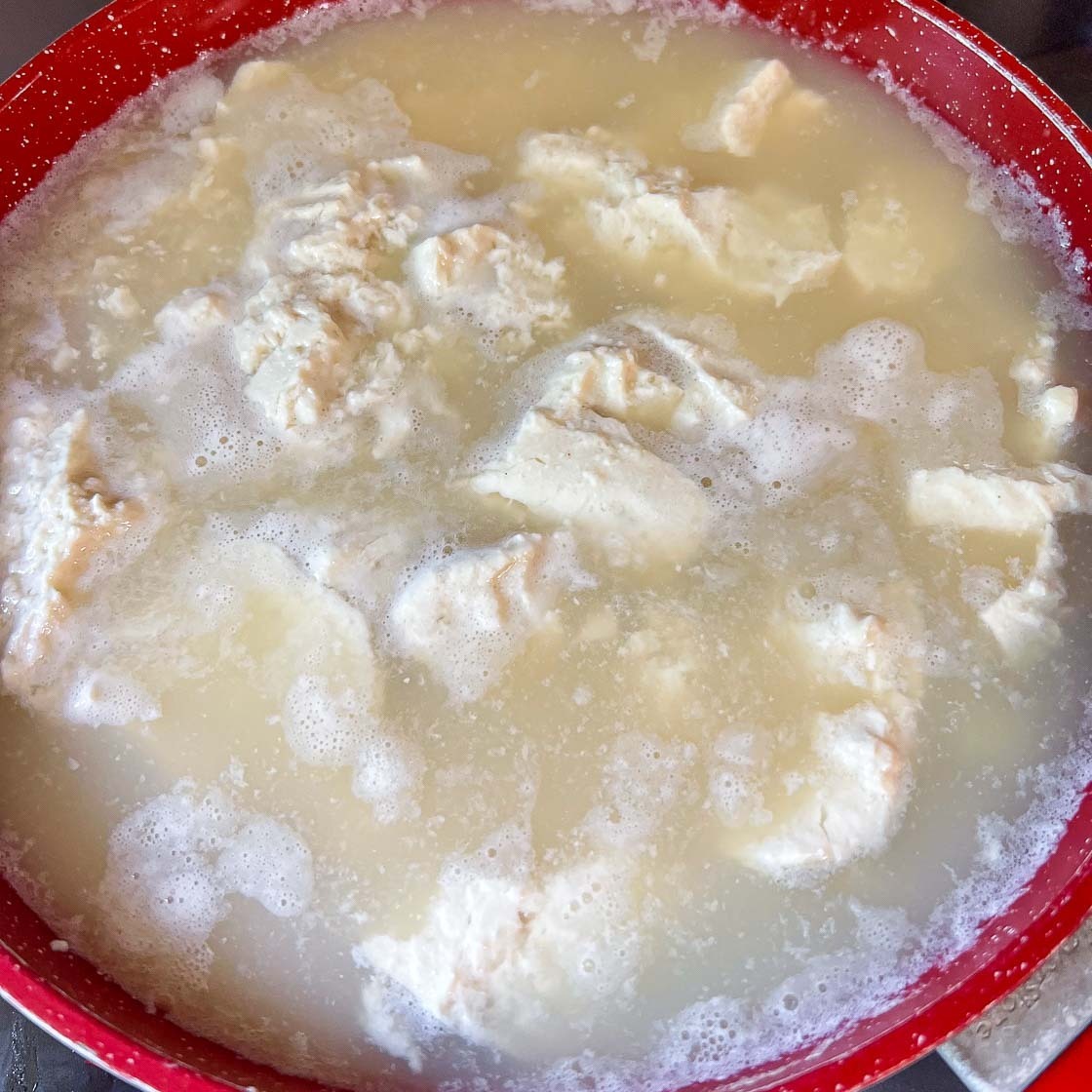
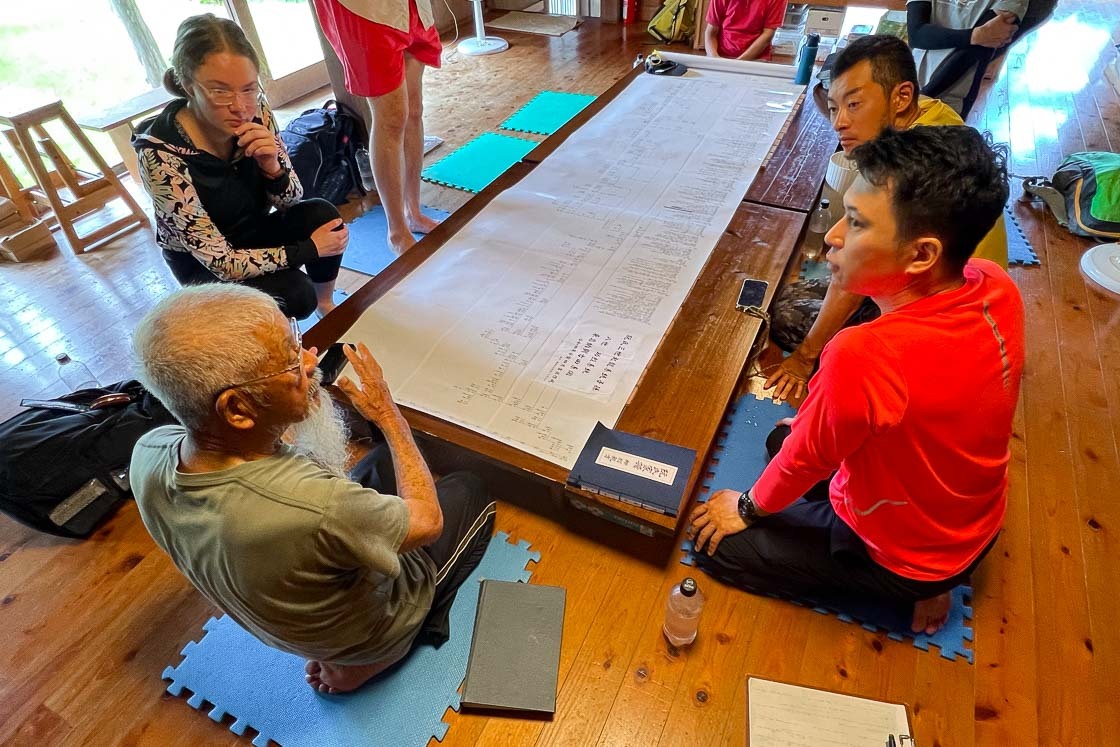
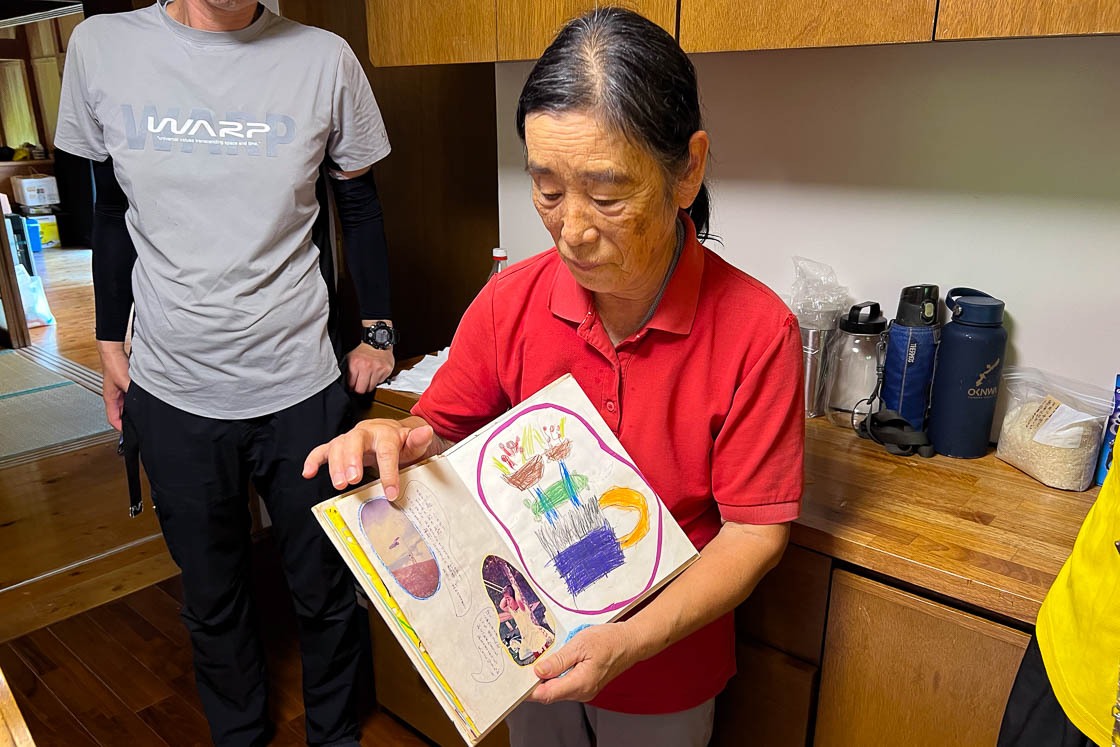
Next on the itinerary was lunch. Our tour guide brought us to Emi no Mise, a restaurant specialising in homemade, local fare from the garden. Diners will be sure to sample traditional Okinawan dishes containing vegetables from the garden, just like how grandma made it back in the day – a literal farm to table dining experience.
“Hara hachi bu” is an old adage in Okinawa meaning eating till you are 80 percent full, which correlates to eating in moderation and extending life expectancy. Additionally, the traditional Okinawan diet is mostly plant based, consisting of seasonal and locally grown vegetables as well as soy products. My lunch plate was 90 percent vegetables and soy products, all prepared in various ways liked steamed, fermented and stir-fried. It was indeed very healthy and gentle for my stomach.
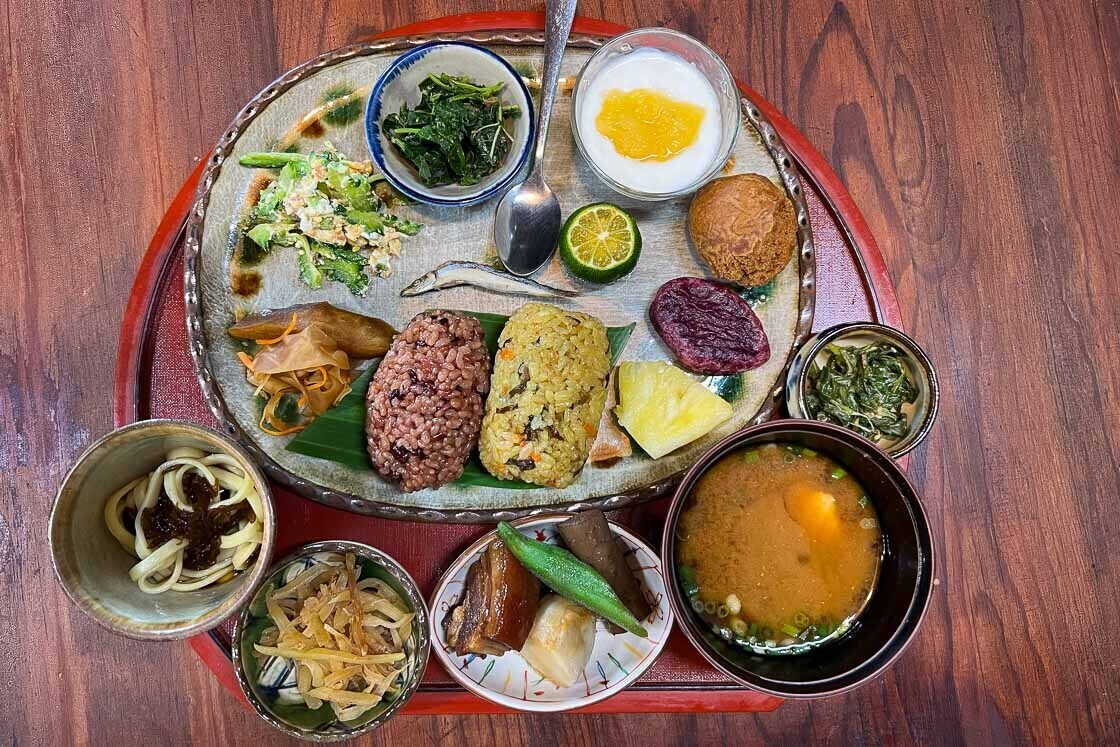
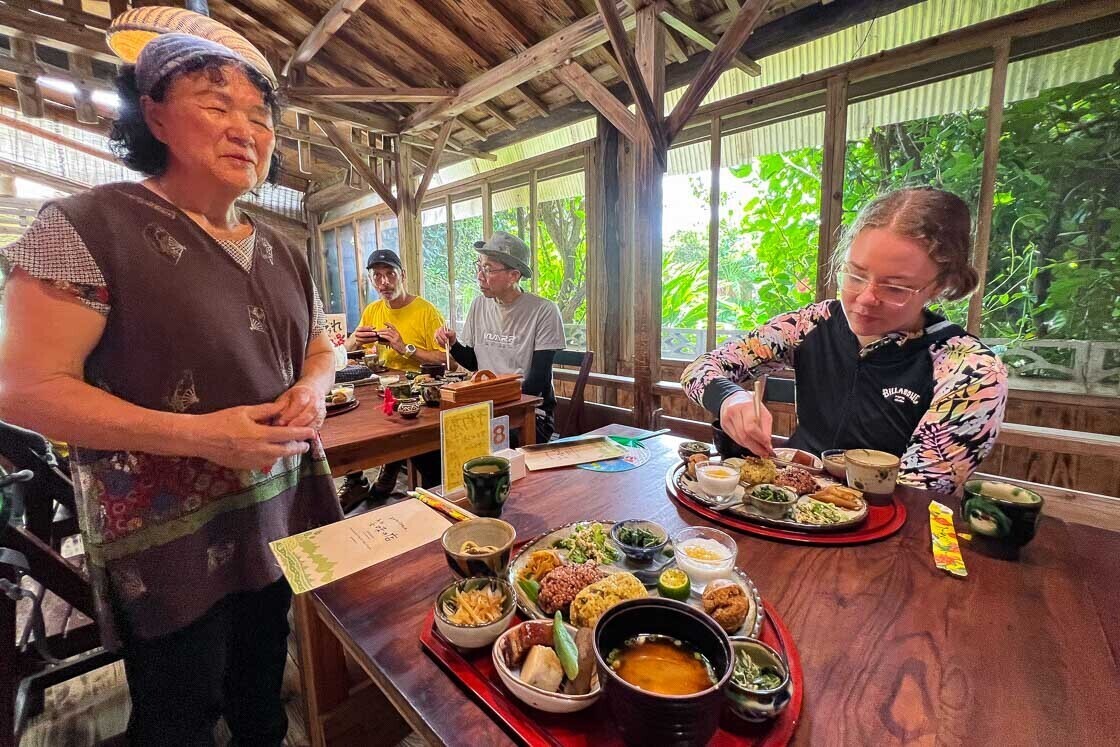

Our next activity was one I was looking forward to, a sabani experience in the bay. Sabani is a traditional handmade wooden fishing boat, and we got to meet a next generation sabani-maker, Mr. Hentona, who makes each wooden boat by hand. Before getting on the boat, Mr. Hentona showed us the sabani, and explained what makes a sabani special: there are no metal screws or joints and everything is made of wood or bamboo! According to Mr. Hentona, there are fewer than ten sabani makers in the world, making his craft a dying trade.
The average sabani measures between 5 to 8 meters long, and can seat up to 5 people. We piled into the sabani, and Mr. Hentona, our skillful captain, set sail out to sea. I admired Mr. Hentona’s passion and steadfast dedication to his craft making old-fashioned, traditional wooden boats in a time when people chase after speed and efficiency.
After the sabani experience, we headed back to our accommodation for some rest before heading out to dinner and calling it a night.
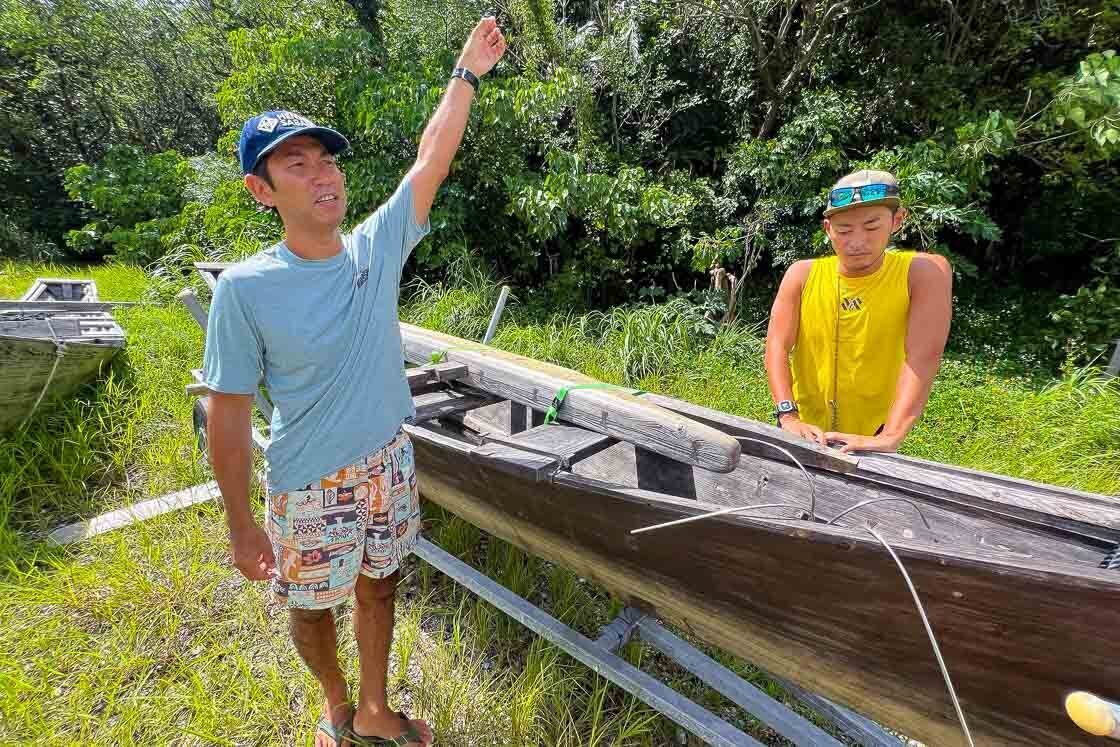
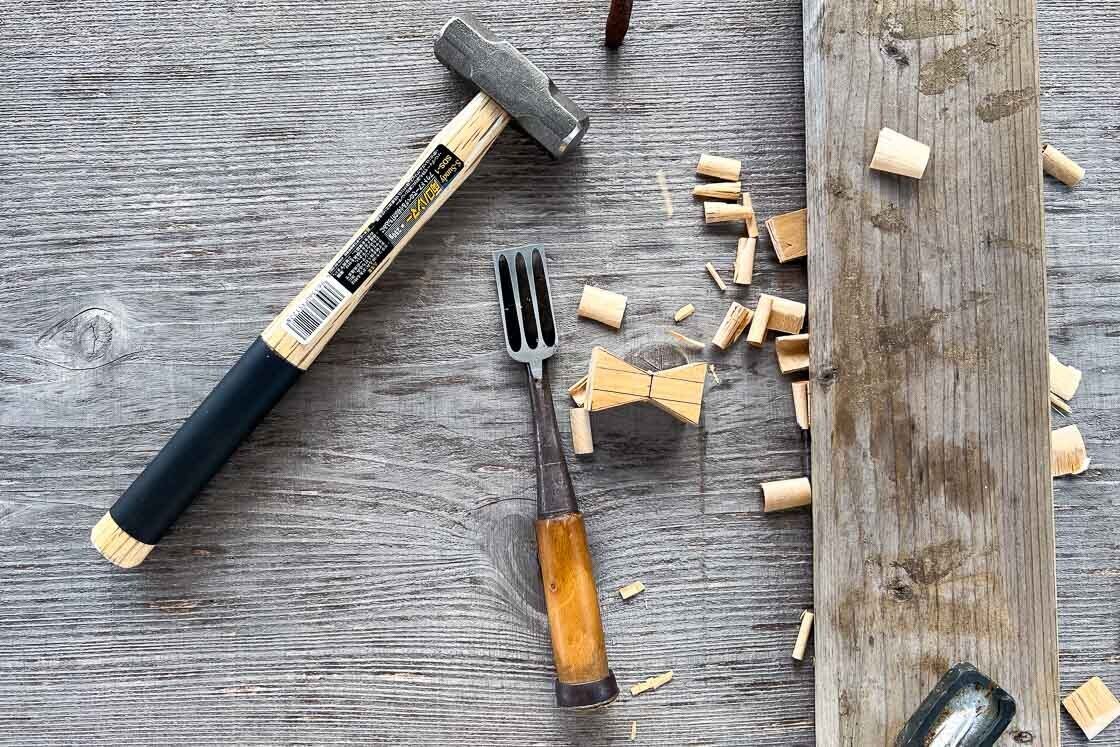
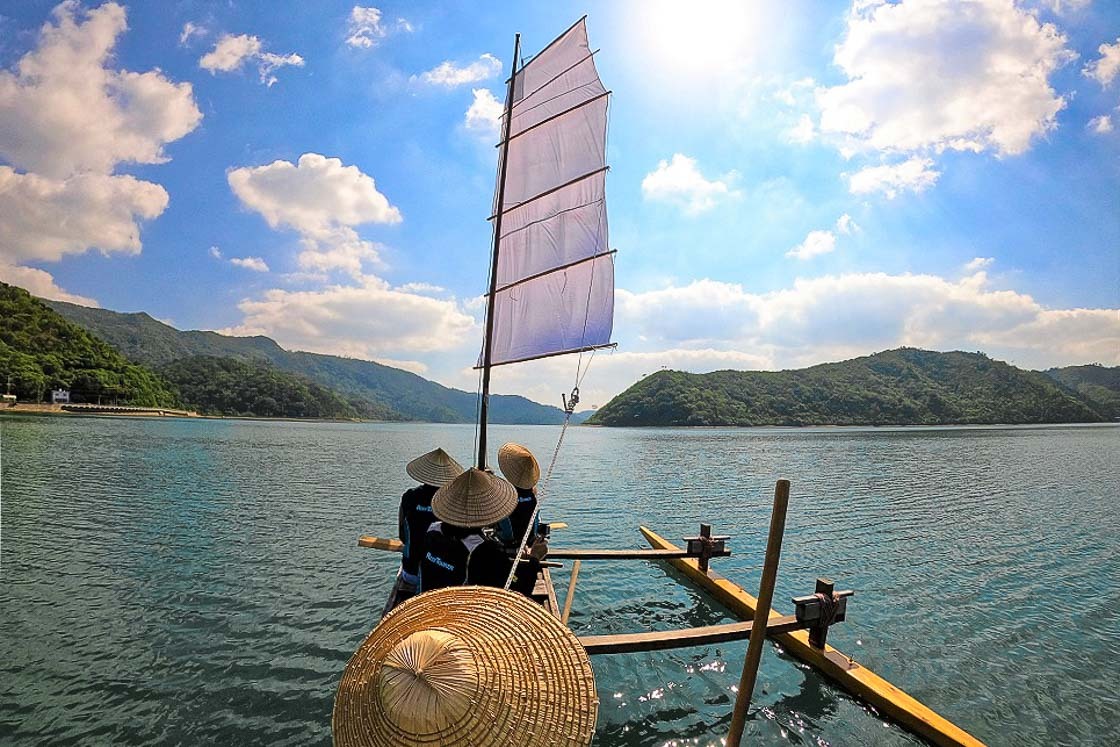
Day 3: Kayaking, hiking and a secret garden
Yanbaru, the miracle forest, receives plenty of rainfall, and as such contains the most number of dams compared to other regions in Okinawa. In fact, the dams in the Yanbaru region supply water to the rest of Okinawa Honto, and the region only uses approximately 20 percent of the water it accumulates. After breakfast in the hotel and checking out, we had a briefing in the hotel lobby before setting off to Fukuji Dam, the largest dam in the region.
The first half of our day was spent at Fukuji Dam, kayaking and hiking through the forest. The experience took about five hours including a short lunch that was kindly carried by our tour guide. While kayaking and hiking, the local guide pointed out all the different flora we could see. I got to see some Ryukyu pine trees up close as well as a number of other trees common to the Yanbaru region like the itajii tree, an evergreen species with a distinctive flat top and can grow to heights of around 20 meters.
The forest we were hiking in is accessible only by kayak with a local guide, and I felt like an intrepid hunter as we navigated our way through the dense forest. The local guide explained that we were in a former logging forest, and remnants of that past could still be seen. The loggers used the larger, uniquely shaped trees as landmarks and signposts. which allowed the trees to survive and for us to see them on our hike. Our sharp-eyed guides – the local guide and tour guide – also pointed out all the flora and fauna we saw in the forest, turning the experience into a real life geology and natural biology class.
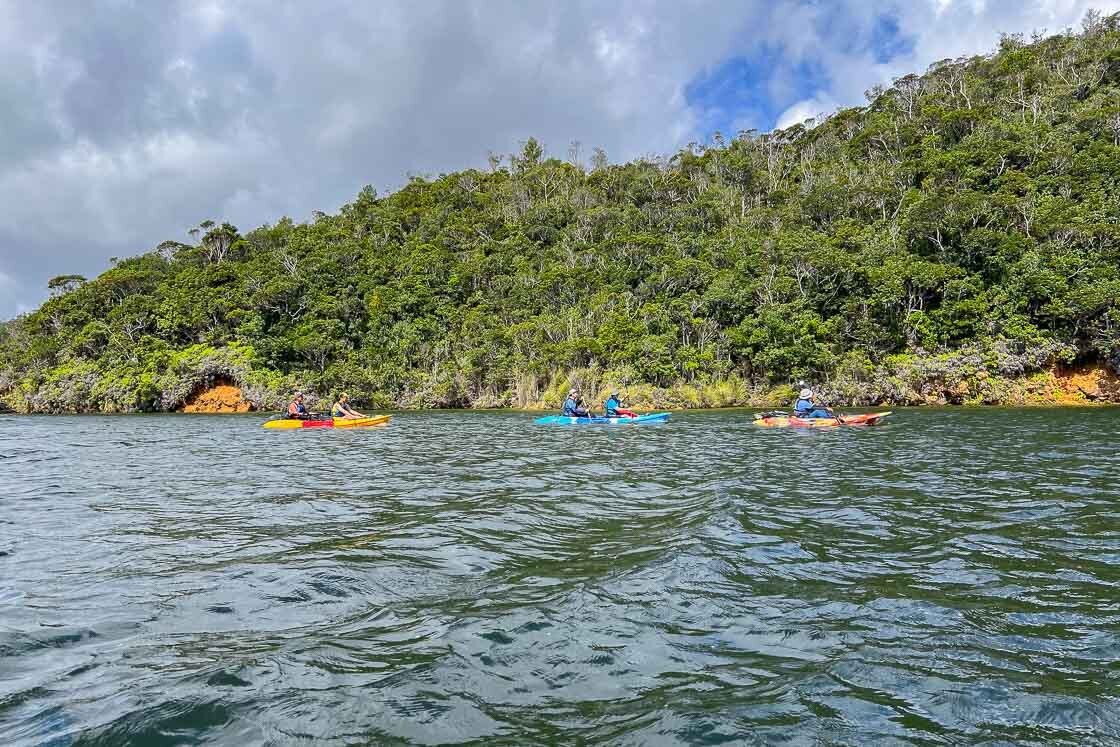
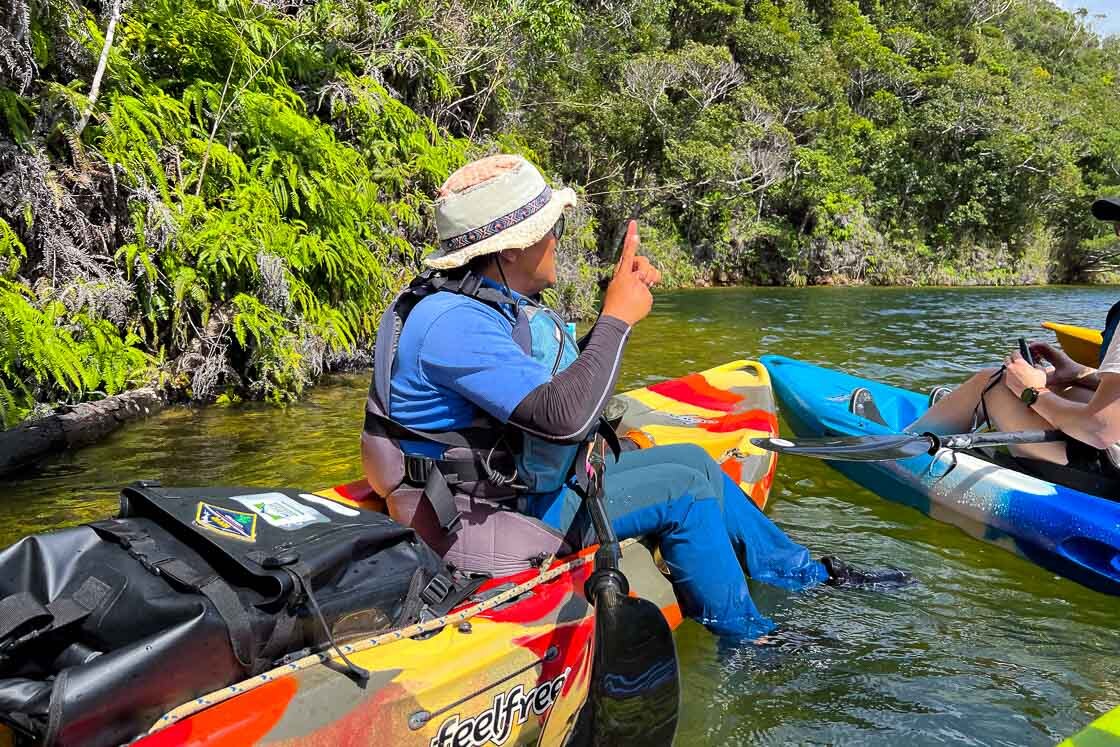
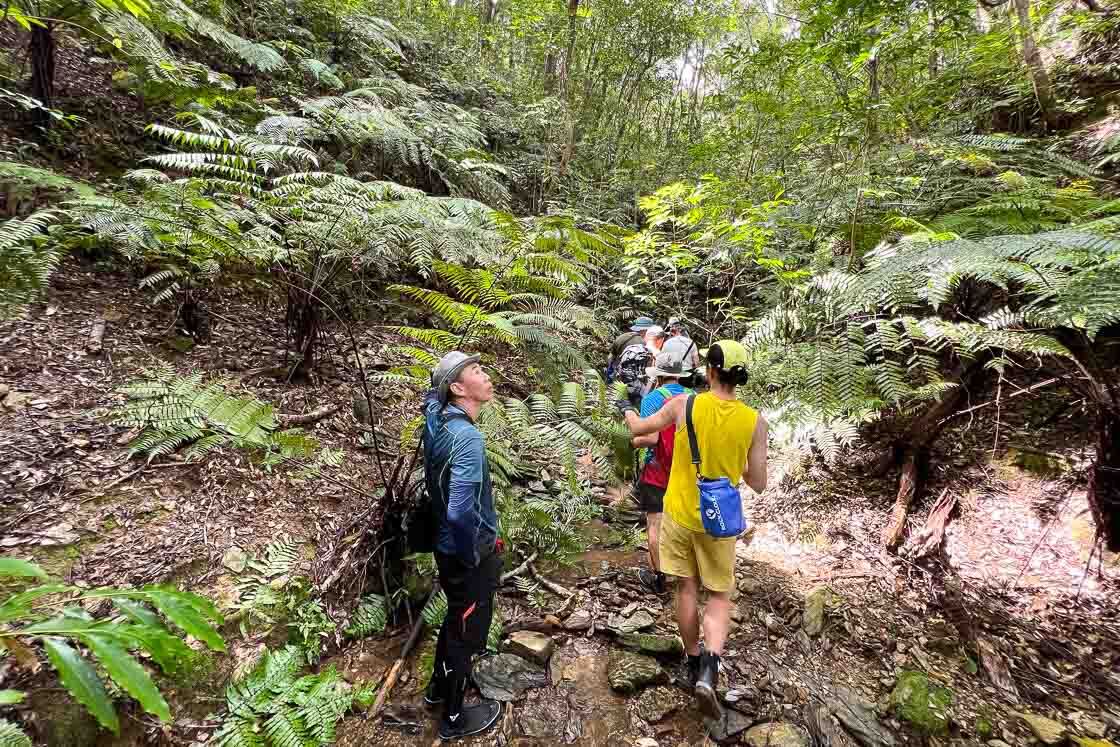
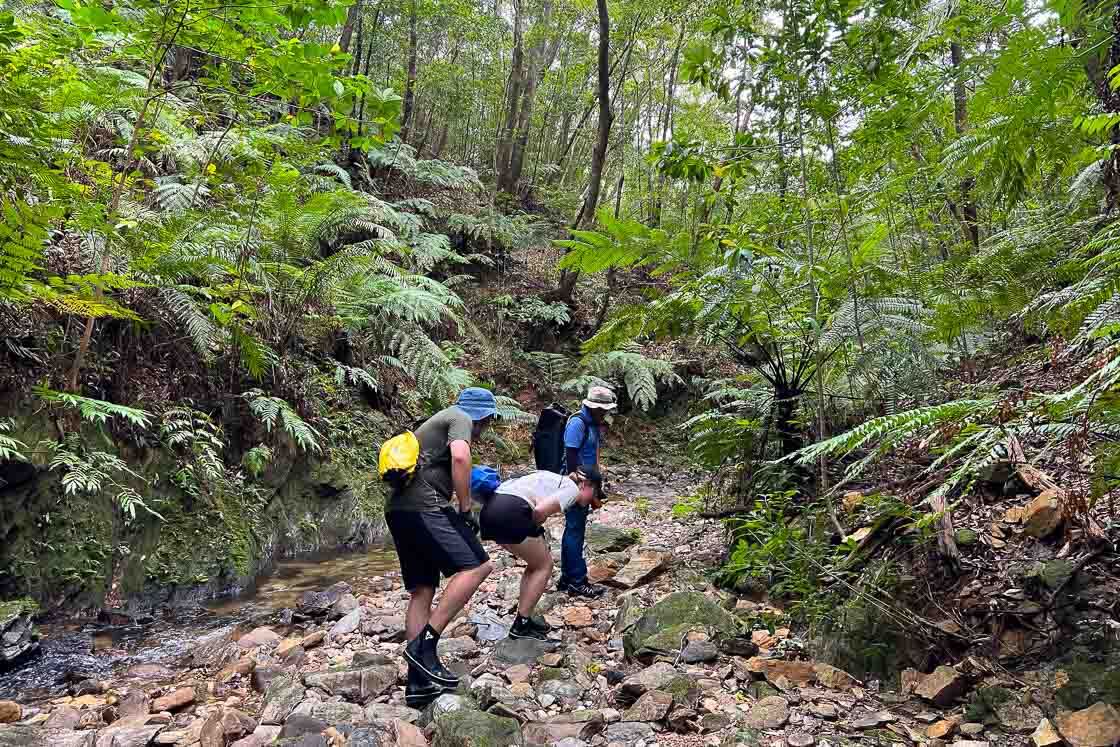
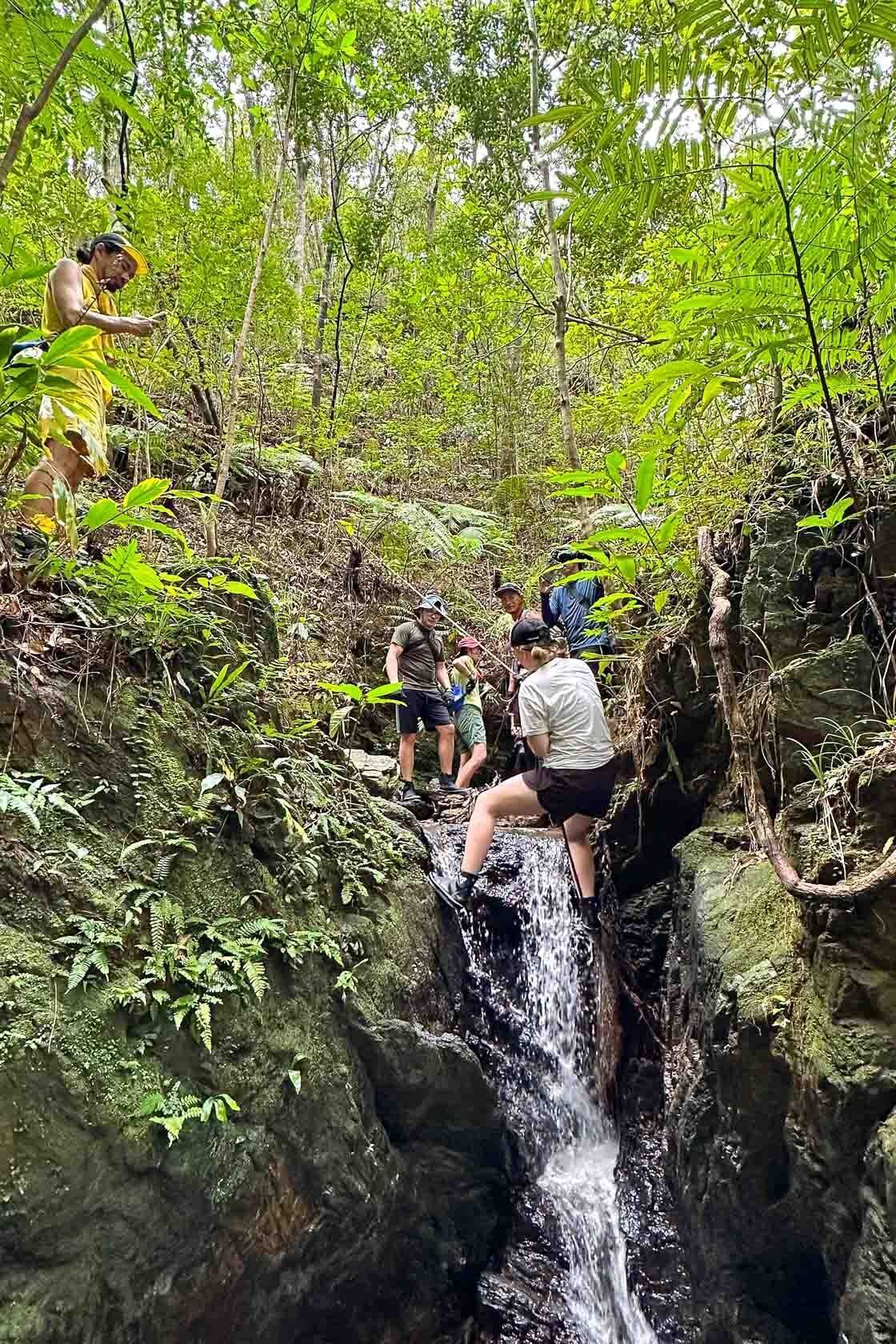
Our afternoon programme was yet another stellar experience. This time, we headed to a secret herb and spice garden, where we met the owner and chef of On the Farm, Mr. Yoshino, for a garden tour. The goal of the secret garden was simple: to experiment growing as many herbs and spices as possible in order to create a meal that was made with 100 percent ingredients grown in the Yanbaru region. I was blown away by the varieties I saw, and thought that it was possible that the dream and hard work of one man can alter perceptions and the supply network in generations to come.
As we looked at the herbs and spices in the secret garden, Mr. Yoshino said that we would be using a number of these spices to cook our dinner at his restaurant. On the Farm is a small private restaurant that opens to the public only when there are collaborative pop-ups with visiting chefs. I was grateful to have the opportunity to dine at On the Farm as it is quite difficult to get a spot otherwise.
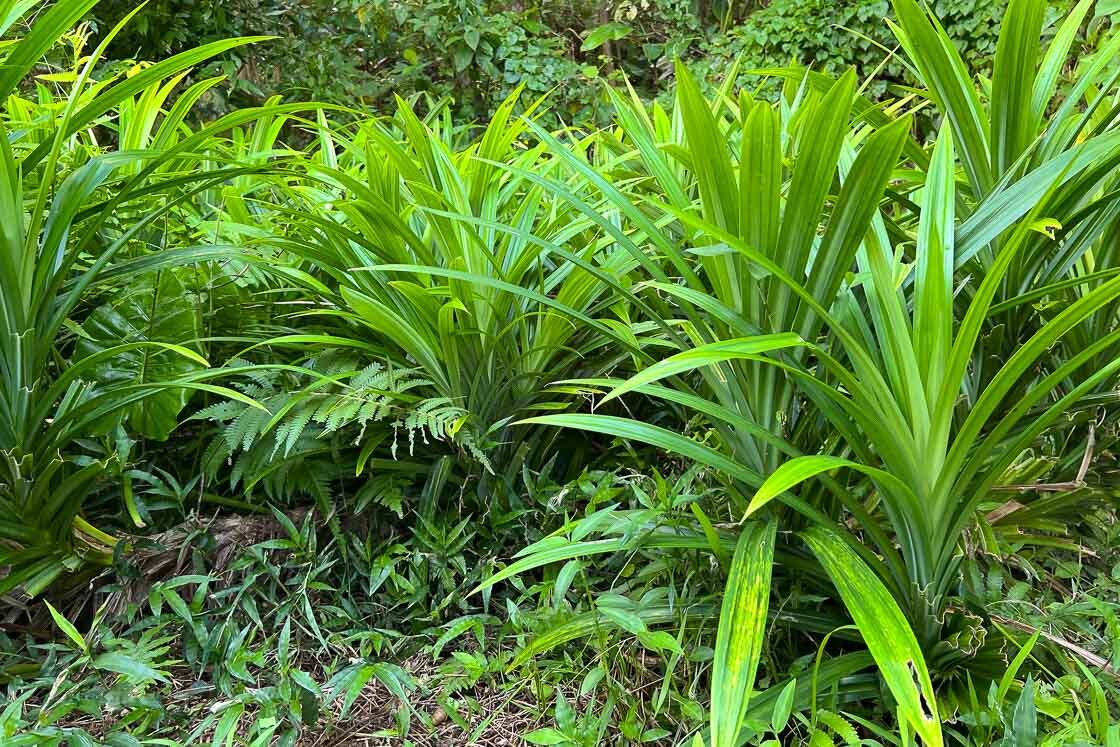
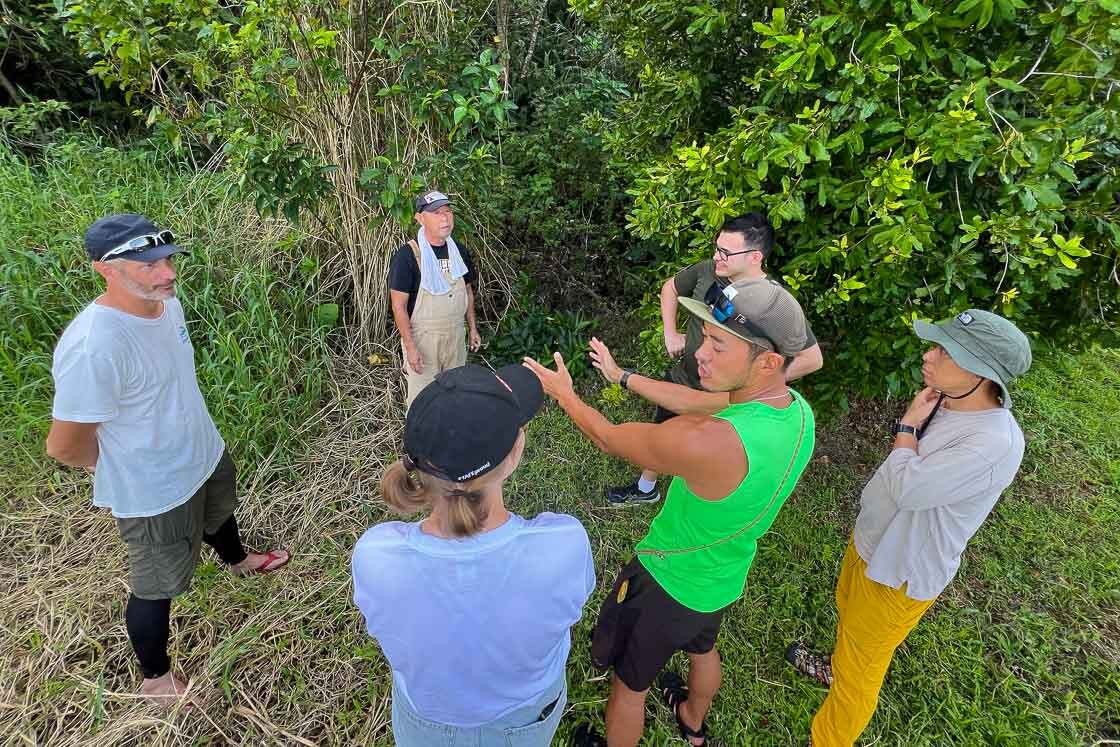
Mr. Yoshino had planned two curries for our visit, and the tasks of cooking dinner were quickly assigned when we arrived at his restaurant. Everyone in the tour group pitched in to cook the rice, chop vegetables, grind the herbs and spices and cook the curry, under the watchful eyes of Mr. Yoshino. With all hands on deck, dinner was cooked in no time, and there was no sound to be heard as we tucked into the best curries made by our teamwork.
It was dark by the time we left, and we headed to Ada Garden Hotel, a different hotel for our last night on the tour. Located in the northeast of the Yanbaru region and surrounded by forest, guests at the hotel would be sure to have opportunities to see the elusive endemic fauna like the Yanbaru Kuina, a flightless bird, and the Okinawa woodpecker. I hear that the night sky is also stunning due to the hotel’s remote location.
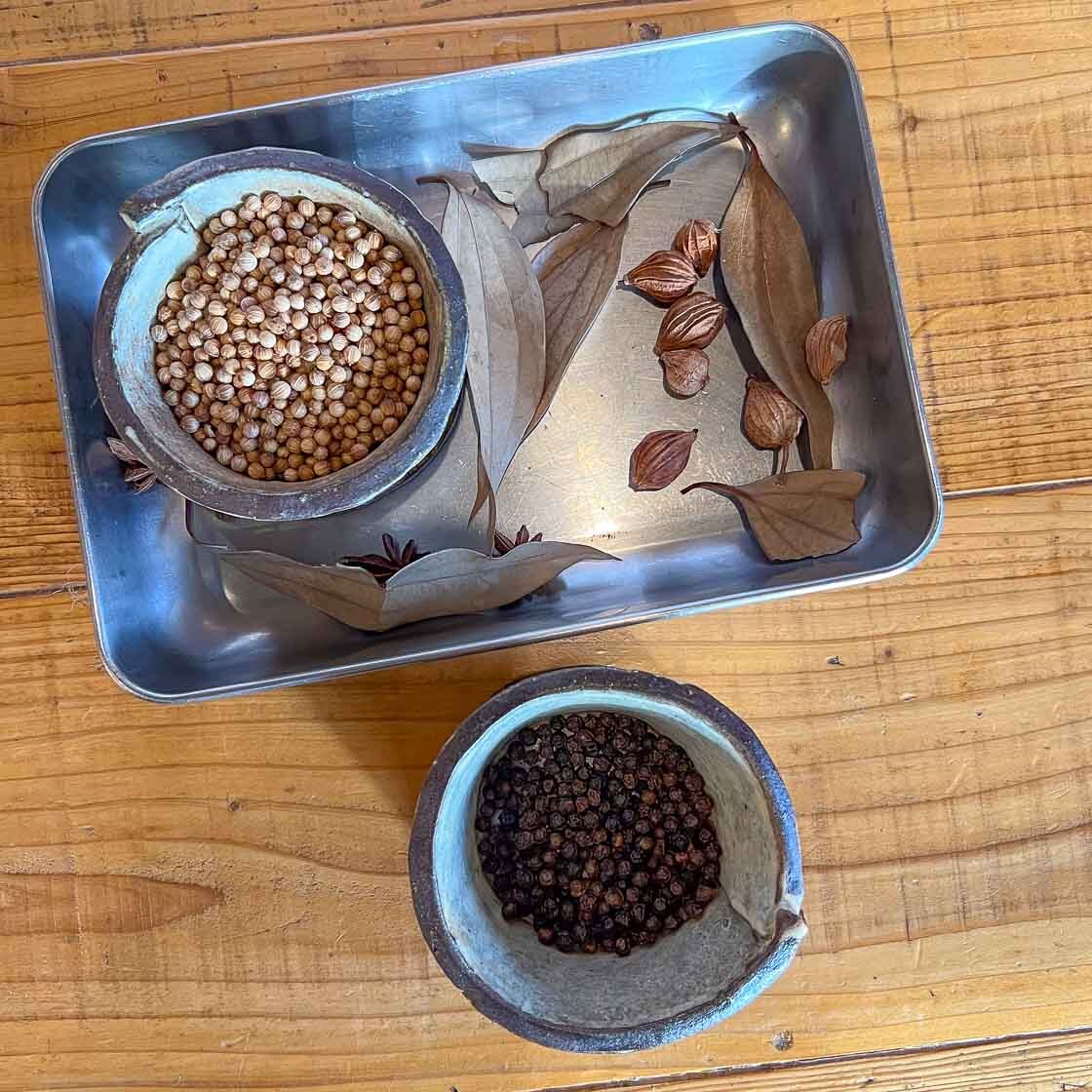
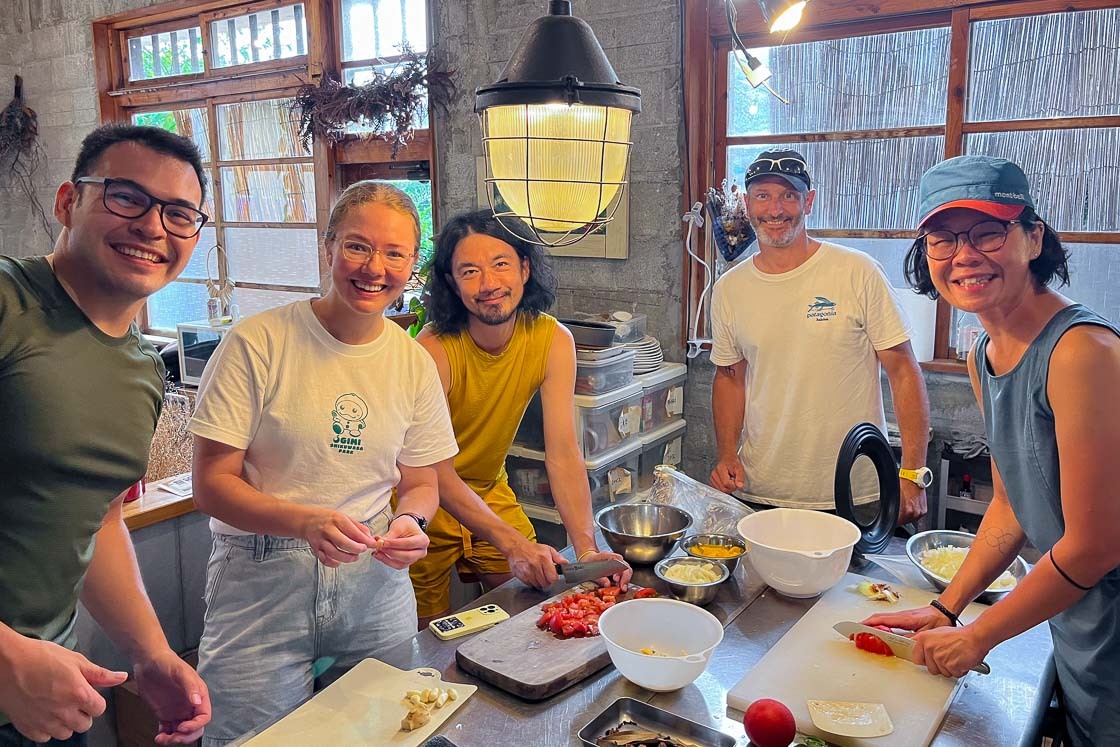
Day 4: Sacred spots and the beginning at the end
On the last day of the Yanbaru The Miracle Forest The Blue Zones Premium tour, we had breakfast at the hotel and a morning briefing like the previous two days before we headed off to Cape Hedo, the northernmost tip of Okinawa Honto. We met our local guide, who explained to us about the myth of Okinawa’s beginnings, as it was told from generation to generation.
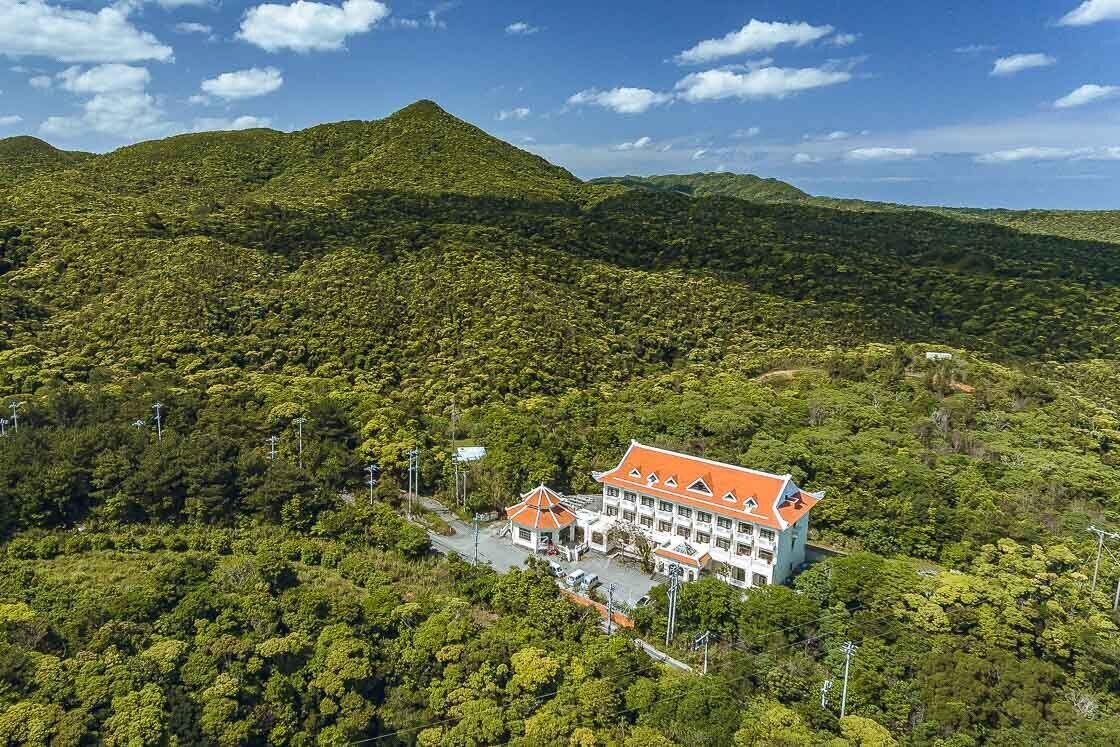
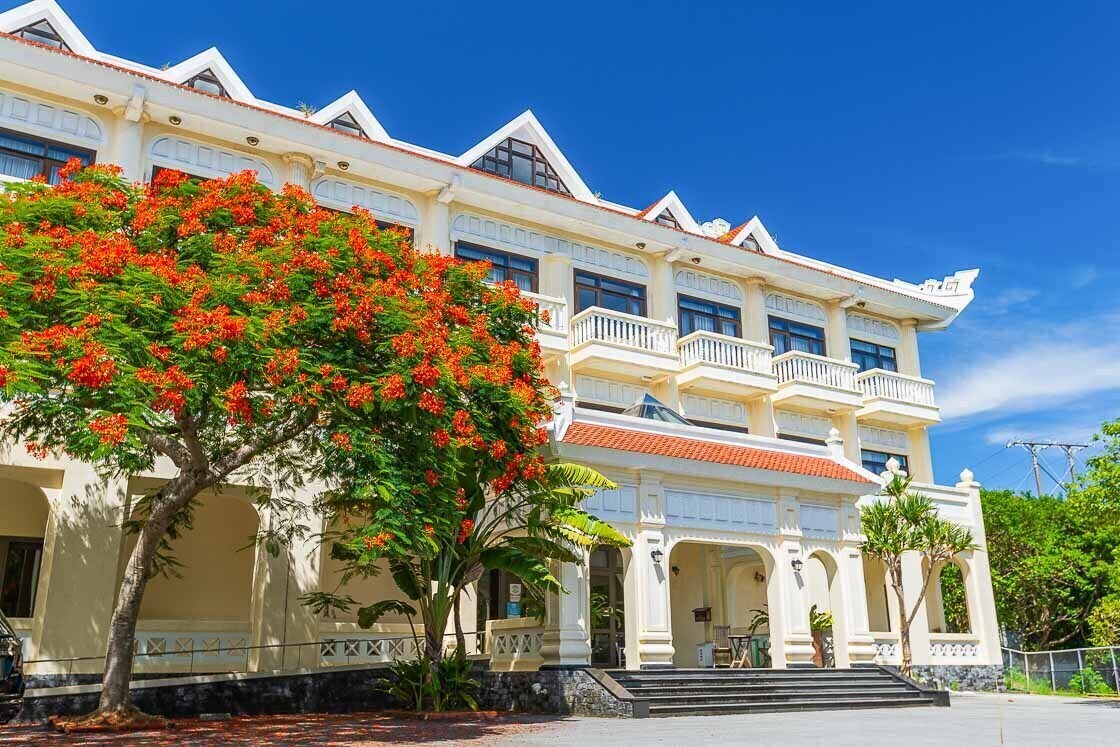
We started our expedition with a prayer at the Kamiya, a place of worship on the sacred high ground within the village, in the Hedo district. Praying is a sign of respect for the land, and the locals believe that they owe their existence to their ancestors, who created this rich natural environment. This respect for their ancestors is, perhaps, one of the keys to Okinawa’s high life expectancy rates, as it also serves as a reminder to live in harmony with the land.
Following that, it was time to enter the forest to visit the place where Okinawa is said to have begun – Hedo Utaki. During the hike, we visited a special river, from where the first water dedicated to Shuri Castle in the prefectural capital on New Yearfs Day flows.
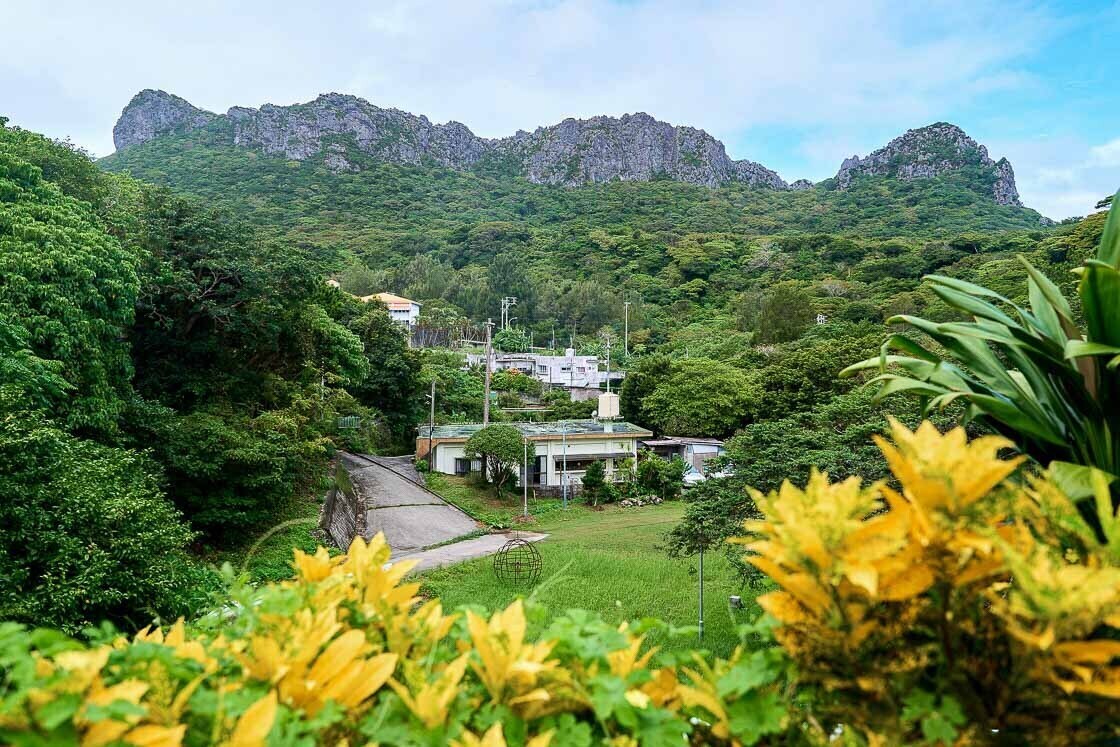
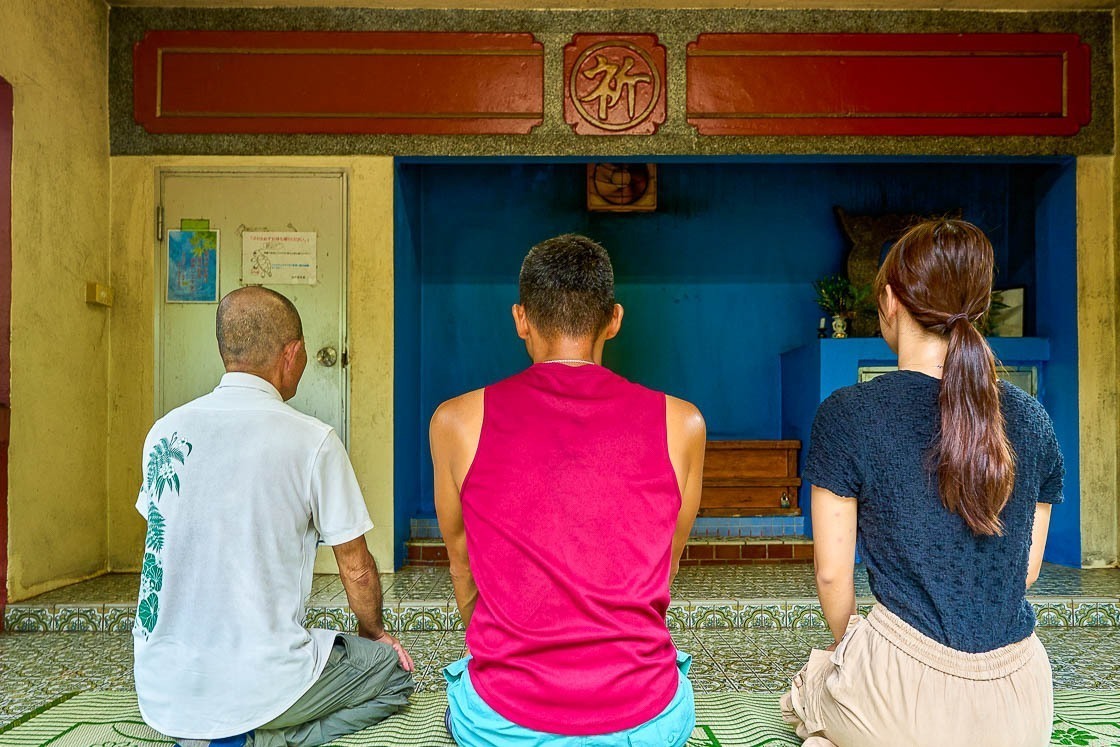
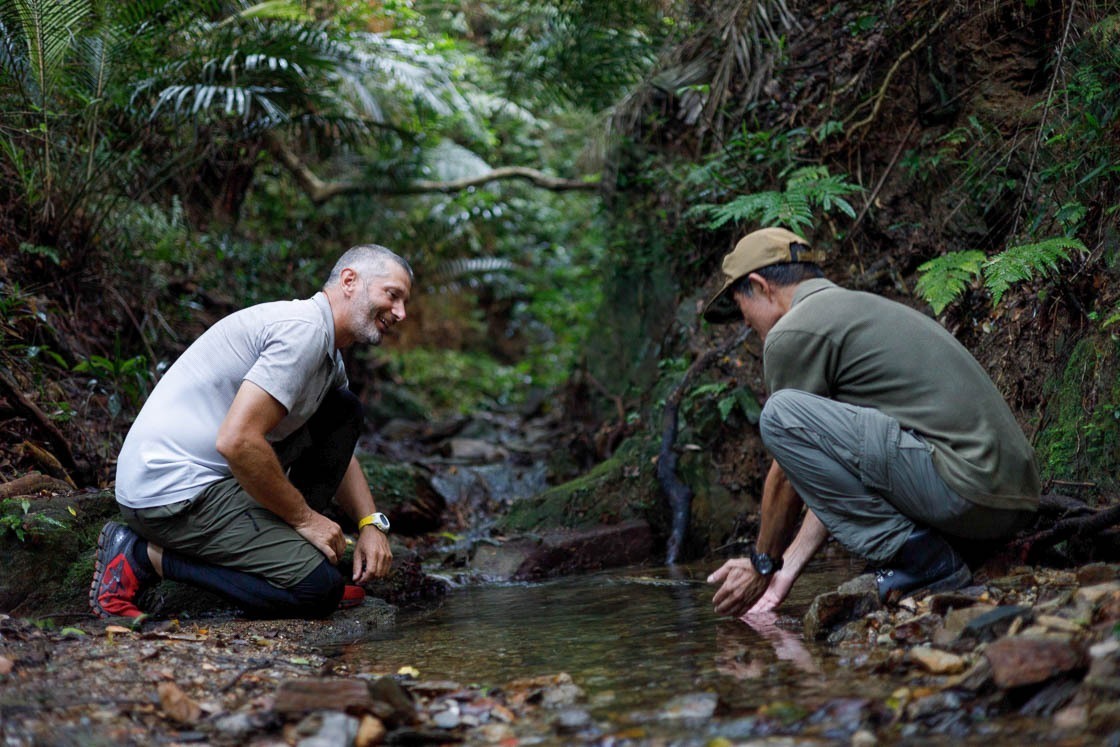
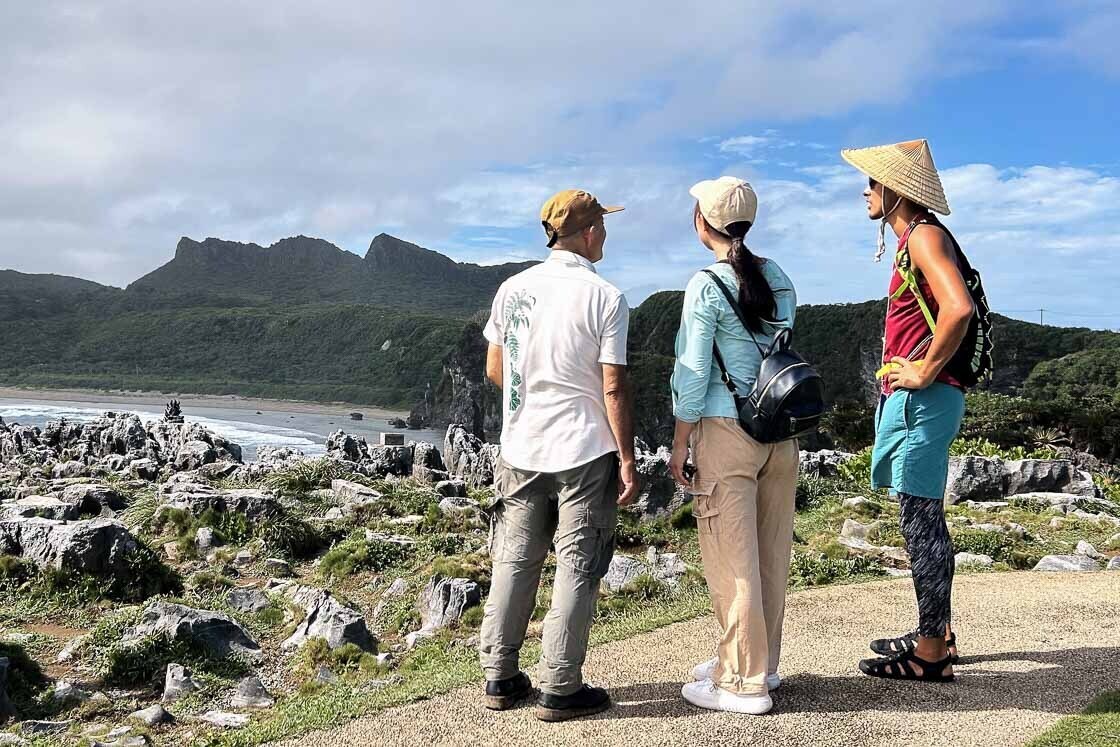
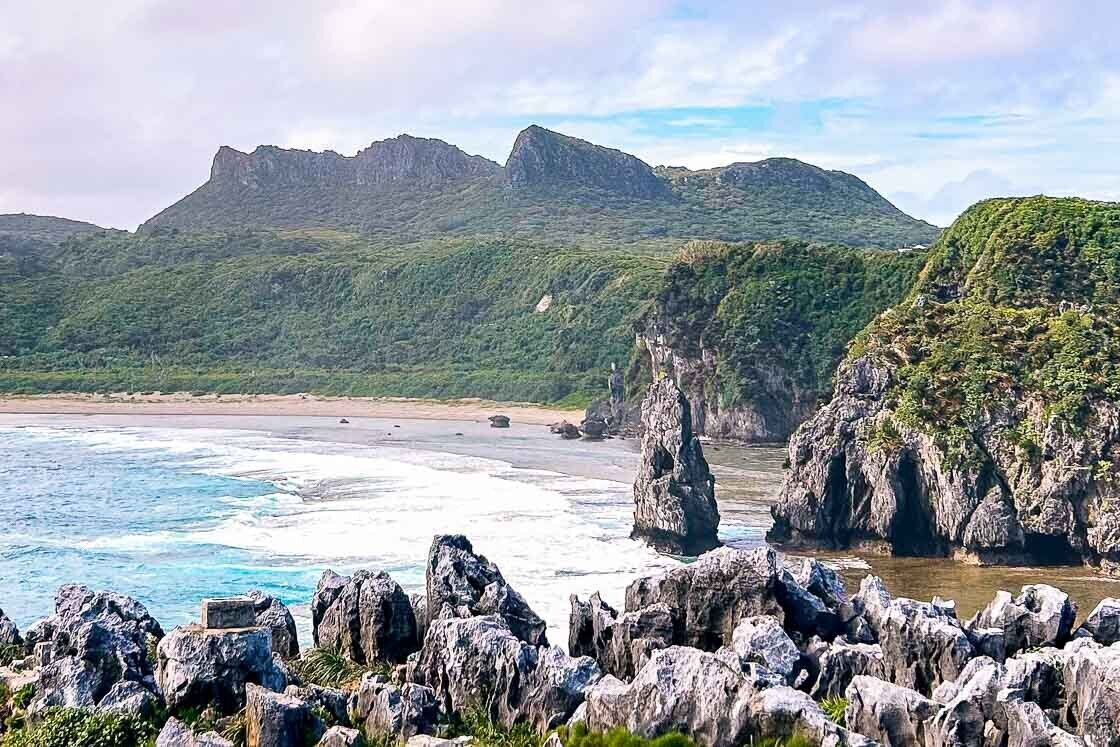
In the blink of an eye, it was time to have our last healthy Okinawan lunch at Karaki Chaya made with fresh, natural herbs taken from the forests of Yanbaru. Despite having locally grown garden vegetables and herbs on all days of the tour, I never got tired of eating them, and I wished I had an edible garden to replicate the dining experiences I had in Okinawa.
It was time to head back to Naha Airport after lunch, and I bade farewell to my tour guide, who made sure everyone in the tour group was well taken care of over the four days.
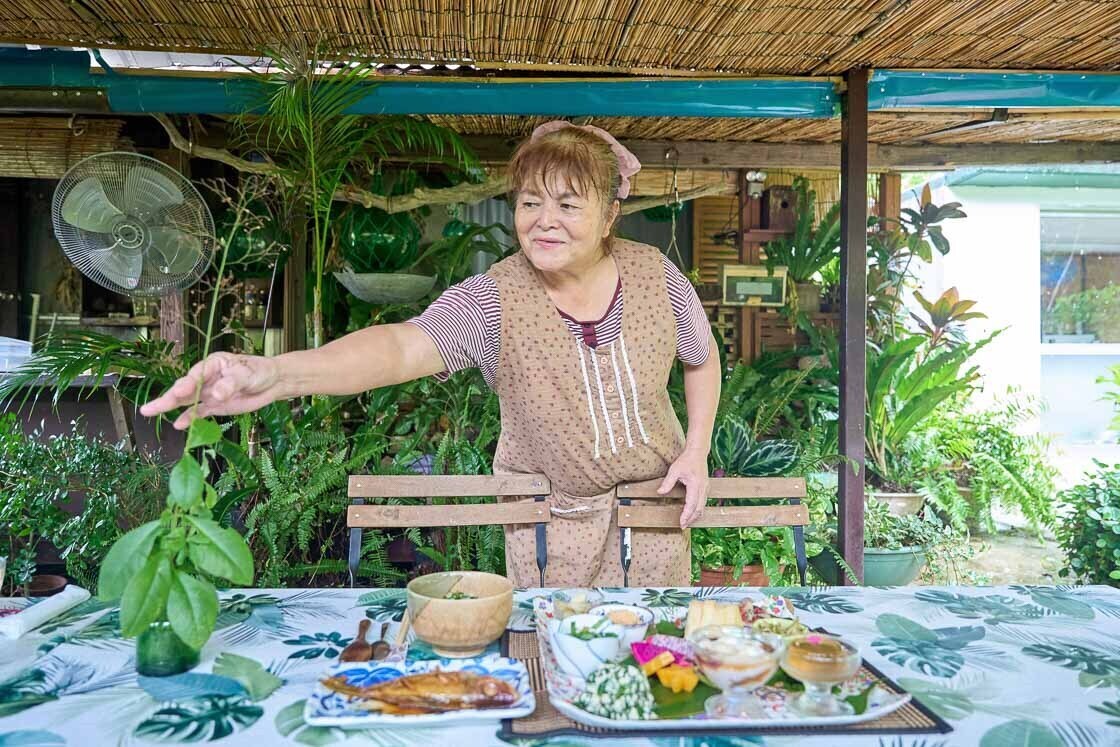
One thing that stood out to me on this Blue Zones tour was the numerous opportunities to meet the locals, which I particularly enjoyed. Each activity had a local guide who was passionate about their craft and heritage, and their passion was just infectious. The term island time may sometimes carry a negative meaning in that islanders tend to move at a slower pace and may generally be less efficient. But, compared to the man-made worries and busyness of the city, the slow island life is meant for being more social, enjoying the moment and living a less stressful life. Through the experiences during the tour, I understood, too, that slow life is indeed worth living when you find your purpose.
There are many elements to consider when it comes to extending life expectancy and quality of life, and participating in this four day tour gave me a glimpse into a different way of life. There was plenty of food for thought, and perhaps, you too, would be able to find inspiration and some useful tips for balancing work and life in the city.
Access and tour information
The tour starts and ends at Naha Airport, which has both domestic and international terminals that connect Okinawa to the major cities of Japan – Tokyo, Osaka and Fukuoka – and nearby countries in Asia like China, Malaysia, Singapore, South Korea, Taiwan and Thailand.
Tour participants will be met at Naha Airport by their tour guide, who will accompany them for the entire duration of the trip. See the link below for more details of this Okinawa Blue Zone tour.


